Media | Articles
How the Civic was born despite “Old Man” Honda’s misgivings

The Honda Civic celebrated its 50th birthday this week. The Civic was introduced—in the U.S. market first, by the way—on July 11, 1972. It was Honda’s first global car, and, according to some, Honda’s first “real” car. For many Americans, the Civic was the first Honda car that they saw, rode in, or drove, period.
That’s because Honda’s previous effort to sell four-wheeled vehicles on this side of the Pacific, the tiny, air-cooled, two-cylinder 600cc-powered N600 sedan and Z600 coupe, only sold between 40,000 and 50,500 units total in three years of sales. By comparison, Honda sold about 80,000 Civics worldwide in 1973, its first full year on the market.
Today, the Civic is the best-selling retail passenger car in America, typically moving between a quarter of a million to 300,000 units a year since 2005 (with the exception of 2011, in which sales slumped to 221K.)
To celebrate the model’s 50th anniversary, we take a look back at the story of its development, which is neither neat nor what you’d expect. Brought to market in an astoundingly short time of two years, the original Civic is a testament to people who were willing to fight for what they believed was the best solution.
* * *
Marketplace
Buy and sell classics with confidence

When it introduced the Civic, Honda wasn’t new to four-wheel vehicles; it had been making them since 1963 with the kei-class T360 pickup. In Japan, the N360 passenger car has proven one of the country’s best-selling vehicles. Even so, the transition to the bigger cars that Honda would need to compete in North America and Europe was not without a pitfall or two.
The H1300, Honda’s first attempt to build a larger car, H1300, was a flop, in part because company founder Soichiro Honda was a die-hard proponent of air-cooled engines. He thought water cooling was redundant. “Since water-cooled engines eventually use air to cool the water, we can implement air cooling from the very beginning,” declared Mr. Honda. “That will eliminate the problem of water leaks, and it will facilitate maintenance.”
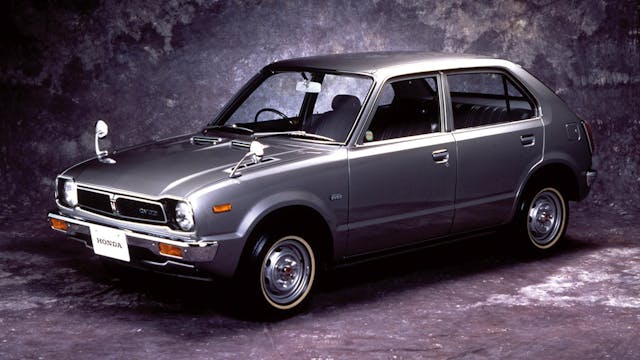
In the opinion of Masami Suzuki, Honda’s manager in charge of research and development, poor sales of the H1300 threatened the firm’s financial viability. Suzuki suggested to key members of the team developing the H1300’s replacement to visit the Suzuka factory, where they were shocked to find how few H1300s were being assembled.
“Give me a report,” Suzuki told them after the factory visits, “detailing the kind of car we should develop for the Japanese market and other markets around the world.”
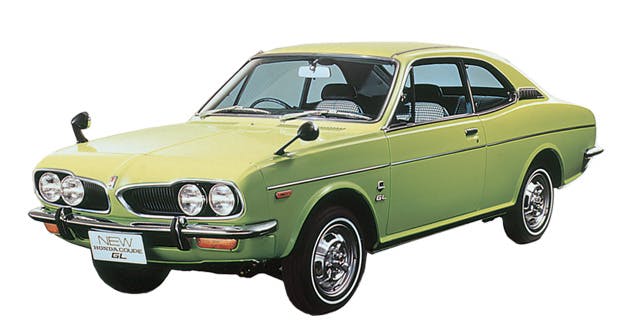
Hiroshi Kizawa, who was in charge of developing what would become the Civic, understood the gravity of the situation. “We all believed that if the project failed, Honda would have to give up its plan of becoming a full-fledged carmaker.”
Part of the problem was “the Old Man,” Soichiro Honda himself. Then in his 60s, boastinng a string of technical and business successes, Mr. Honda was accustomed to things going well—and going his way. In two decades, the company bearing his name had transitioned from selling motorized bicycles to designing and building a Formula 1 Grand Prix–winning car.
“Prior to that [Civic] project,” Kizawa said, “we’d been making a car that the Old Man wanted to build.”
Honda’s managers sidestepped Soichiro’s expected interference by separating R&D, making research a skunkworks” affair. The arrangement allowed research to proceed quickly, which is how Honda developed the emissions-friendly CVCC engine in such rapid fashion.
In addition to separating research from development, Honda managers took a competitive approach to developing the new car by assigning two separate teams of engineers and designers to create it. One team was led by R&D chief Kizawa and included experienced engineering staff in their late 30s. The other was comprised of younger engineers in their late 20s and early 30s.
Internal competition was a key factor to Honda’s continued growth. The idea was promoted by Kiyoshi Kawashima, at the time senior managing director of the company. (Previously, he was head of American Honda. After his tenure as senior managing director, he ascended to the head of Honda R&D.) Kawashima advocated a “free-competition approach through the concurrent implementations of heterogeneous projects.”

In the Civic’s case, competition led to agreement… to a point. When the two teams gathered to present their approaches, both teams gave almost identical answers, with only minor divergences. Each teams said that Honda needed to build “a world-class car that [was] light, quick and compact,” specifying similar benchmarks for performance and practicality. The only problem? Each team outlined a vehicle that was the opposite of the H1300, a bit of a problem when the model’s biggest fan ran the company.
Tadashi Kume first integrated two teams’ approaches. As the project moved to the design phase, Kizawa was put in charge. Next came production, which would challenge the company yet again. While it had leveraged internal competition to good effect during research, Honda’s managers quickly realized that a comparative approach to competing cars was not sufficient.
“We needed to define the ‘absolute value’ of our new car,” Kizawa later explained. The car had to be “utilitarian and mimimalistic, providing an optimal blend of size, performance and economy,” designed with ample interior space and balancing features, creature comfort, and efficiency.
The result was a “two-box” design with cargo space incorporated into the passenger compartment. No doubt influenced by the Austin Mini, the Fiat 128, and the front-wheel-drive N series cars Honda had already been making, managers chose a front-engine/front wheel drive (FF) drivetrain layout with a transversely mounted engine.
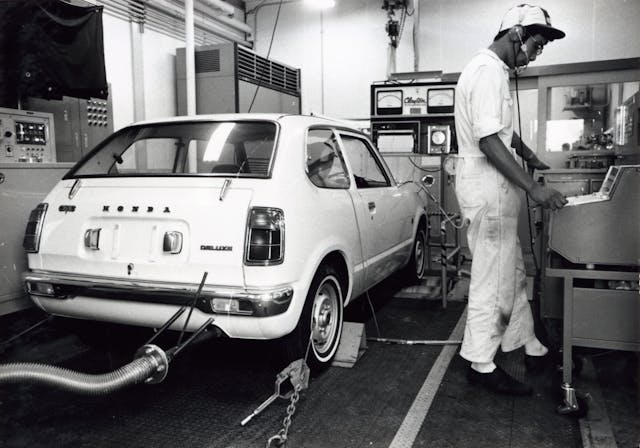
With a proposed engine displacement of just 1200 cc, weight was critical. The target was ambitious, too: 600 kg, or just 1322 pounds. Cost, not just performance, weighed heavily: Honda figured that the heavier the car was, the more expensive it would be to build, own and operate. Using Mitsubishi’s approach when developing the WWII “Zero” fighter plane, Honda’s development team reduced sheet metal thickness by 0.1 mm increments until it found an acceptable balance of weight and strength.
The story goes that while Kume was still LPL (large project leader), he would sit on the warehouse floor with parts, drawings, and a weighing scale scattered around him. He would weigh each part, approving some and ordering others to be lightened by so many grams. While the team couldn’t meet its initial 1322-pound goal, the finished Civic tipped the scales at 1499 pounds—just 88 pounds heavier than a contemporary Mini Cooper.
Meeting their own ambitious goals was hardly the staff’s only challenge. In addition to being an air-cooled fanatic, Soichiro Honda preferred front-wheel-drive cars to have simple, beam-axle rear suspensions, which are cheap and easy to produce. The design team, however, wanted to use a more sophisticated, “Chapman strut” design, essentially a Macpherson strut moved to the rear of the car, as in Colin Chapman–era Lotus cars. Mamoru Sakata headed the suspension team and argued for struts despite their higher expense, confident they would increase interior space. “This method was also advantageous in terms of maneuverability, stability, front/rear balance and weight reduction,” said Sakata. “We knew it was the best choice for the Civic.”

While it may have been the best choice, it wasn’t Mr. Honda’s, so the engineers deliberately did not consult him. However, Mr. Honda found out. Fortunately for the as-yet unrealized Civic, Soichiro exercised far more restraint than Henry Ford did when he discovered Edsel’s T. (Remember, this is Japan, where saving face, even in a corporate environment, is paramount.) “You must be prepared to shave your head if we can‘t keep the strut design,” Kume told Sakata.
Sakata didn’t mind the stakes, so convinced was he of the right decision. He defended suspension to Kawashima and a very skeptical Soichiro, adamant that a more sophisticated and expensive rear suspension was necessary to make the Civic a world-class car that could compete globally.
The Old Man was unmoved. “I don’t see any merit in the independent suspension,” Honda said flatly. Kawashima, the managing director of Honda, was open to the idea, and encouraged Soichiro to let Sakata pursue it. Though possessed of a strong personality, Soichiro Honda well understood the value of his associates’ opinions. (After all, it was Honda’s business partner, Takeo Fujisawa, who convinced him to make the Super Cub 50cc motorbike, the most successful motor vehicle in history.) Based on Kawashima’s support, Mr. Honda relented.
(By 1972, Soichiro Honda was 66. A year later, he retired to the position of senior advisor.)
As if internal battles weren’t enough, the Japanese government threw another challenge to the Civic’s development via the People’s Car Program. This called for passenger space to be limited to 5 square meters (~54 sq ft). In addition, most Honda dealers were motorcycle shops with limited showroom space. As a result, the new car kept getting shorter and stubbier, eventually resulting in a chubby car with no defined trunk. (Consumers grew to love it, of course, and the hatchback only looked awkward on American streets next to pickup trucks and full size Impalas and LTDs).

Designer Shinya Iwakura felt that the Civic’s then-unique styling was essential to the car’s character, enhancing pride of ownership. He later used Honda’s Monkey minibike as an example: “A rider on a Monkey can be proud of his bike even when he’s running next to a big 750cc machine, because the Monkey has a unique character. So, we spent many hours thinking about how we could give our car that kind of character. For example, we could imagine promotional phrases like ‘simple yet charming.’ But I was looking for adjectives other than ‘charming’ that could fit perfectly after the word ‘yet’ in the slogan for our car.”
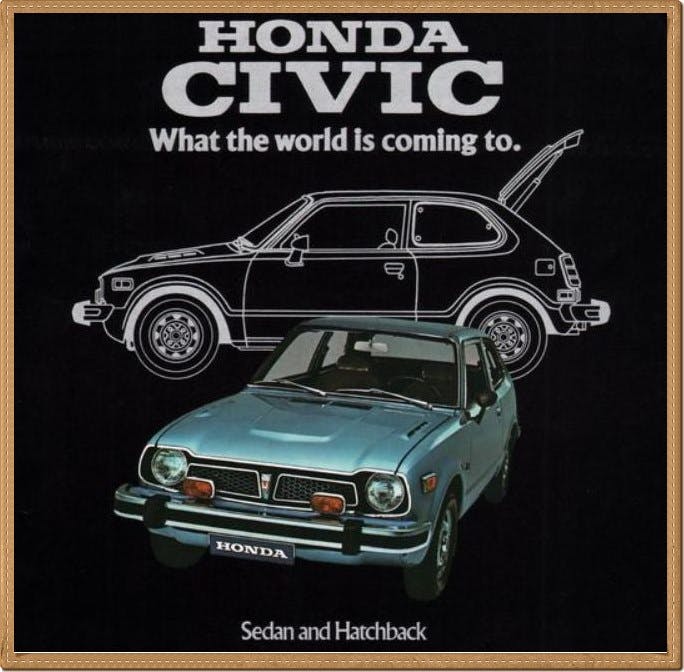
(I haven’t yet been able to track down the original author of the slogan Honda did end up using: “What the world is coming to.” Ending a clause or sentence a preposition “with” annoys the grammarian in me, but that slogan did fit the product perfectly, and not only because it appealed to consumers’ “fear of missing out.”)
At this stage of the project, Honda typically hosted a joint evaluation meeting with representatives from sales, engineering, and development, and discussion often resulting in changes to the design or specs. Instead, the Civic team was given quite a bit of autonomy. Suzuki told his team: “Let’s move in the direction you believe is right … We’ll ignore the voices in the background until we have an actual car.” The development team did not turn over the project until a prototype was completed. The timeline that ensured that the final design hewed closely to the designers’ intent.
Naturally, some at Honda disagreed. Hatchbacks were then rare in Japan, so when the car was introduced to Honda’s sales staff as a “three door,” one of the regional managers asked, in all seriousness: “So, on which side is the third door located?”
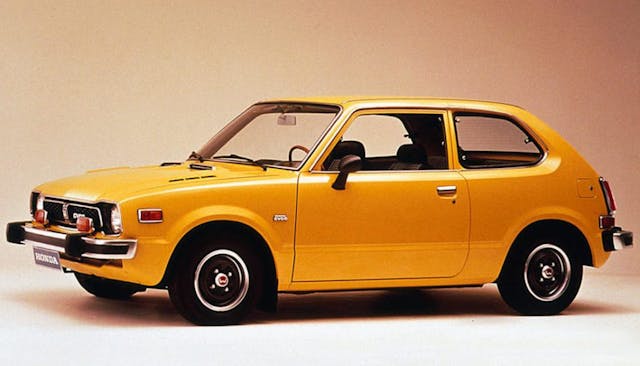
The development teams’ shock and insecurity was soon replaced by confidence once the Civic went to market. Before long, the engineers walked in every morning saying how many Civics they had seen on the streets. The Civic wasn’t perfect, of course, but it was one of the better automobiles available in the early ’70s, regardless of size or class. When set alongside the Ford Pinto, Chevy Vega, or AMC Gremlin, the Civic makes the domestic offerings look primitive.
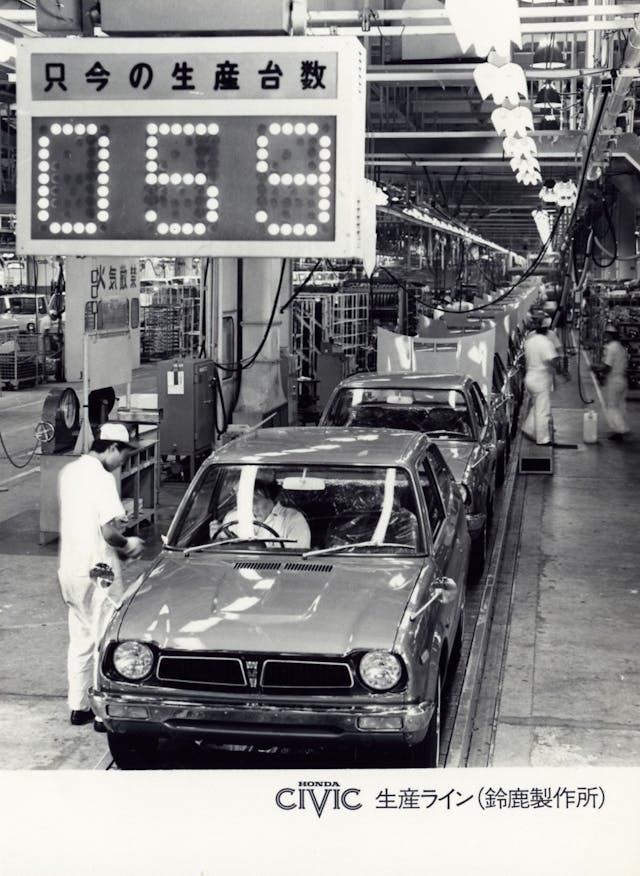
Fortuitously for the Civic, fuel economy fixed itself as one of consumers’ primary concerns not full year after its debut, following the 1973 embargo placed on petroleum by Middle East oil producers in the wake of U.S. support of Israel during the Yom Kippur War. The car’s early success was buttressed by the introduction of the CVCC engine late in 1972. While its rat-nest of vacuum hoses is difficult for DIY mechanics to troubleshoot, in the early emissions-control era, Civics often ran more reliably than their U.S. competitors, many of which were prone to stalling when driven and dieseling when shut off.
According to Honda’s official account of the Civic’s development, Kizawa and Iwakura gave identical answers when asked to describe the Civic’s identity. “We must always imagine the satisfied faces of our customers, and be confident in the kind of car we want to create for them. Unless we work to convey our ‘ideal,’ we won’t make a car that’s good enough to satisfy them. But with the Civic, we could carry out our ideal completely.”
Since its launch in 1972, Honda has sold over 27.5 million Civics in 170 countries, confirming the wisdom of Masami Suzuki’s directive to the first Civic’s development team: “[to create] the kind of car we should develop for the Japanese market and other markets around the world.” Faced with success at that scale, surely even Mr. Honda would smile.








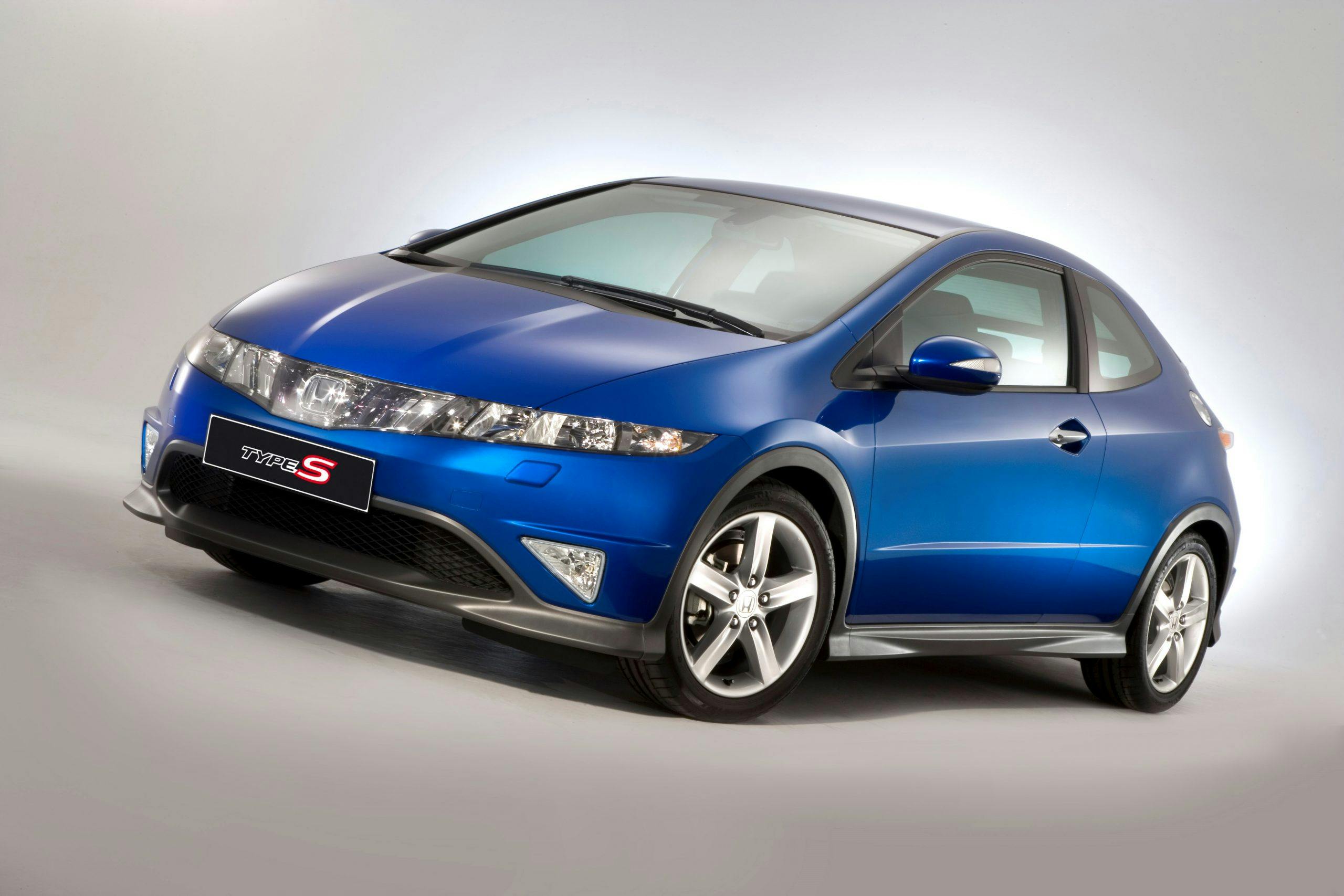
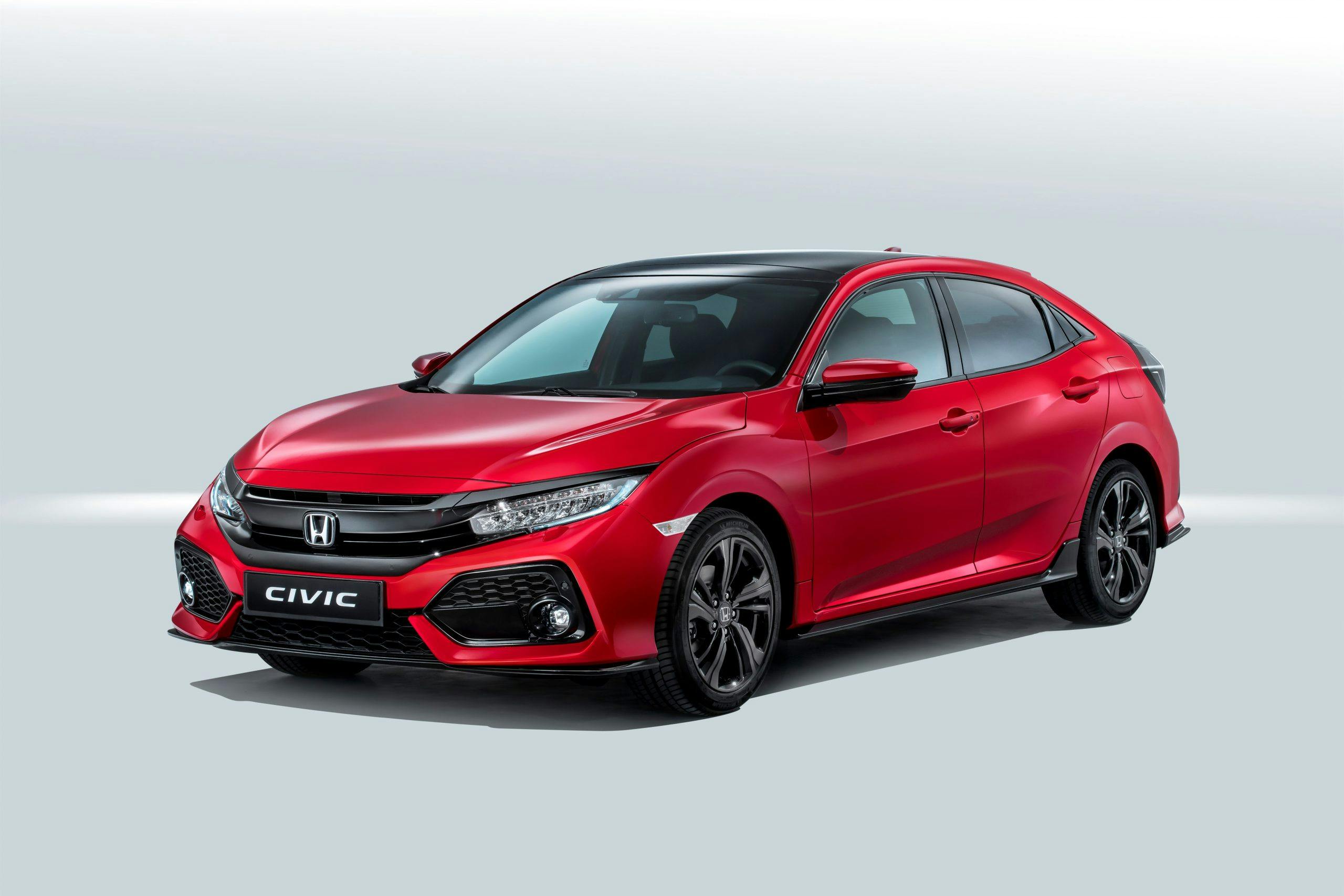
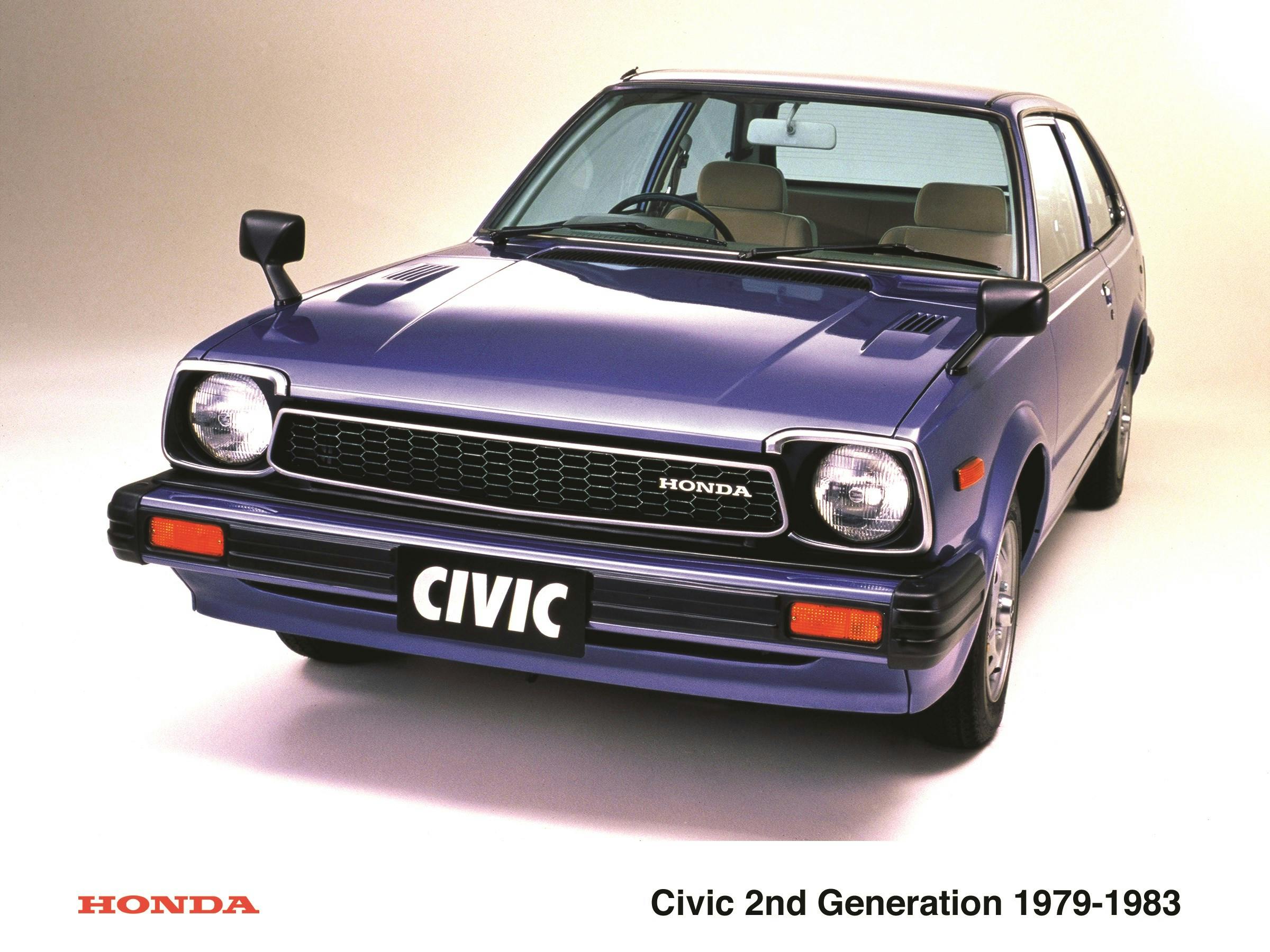

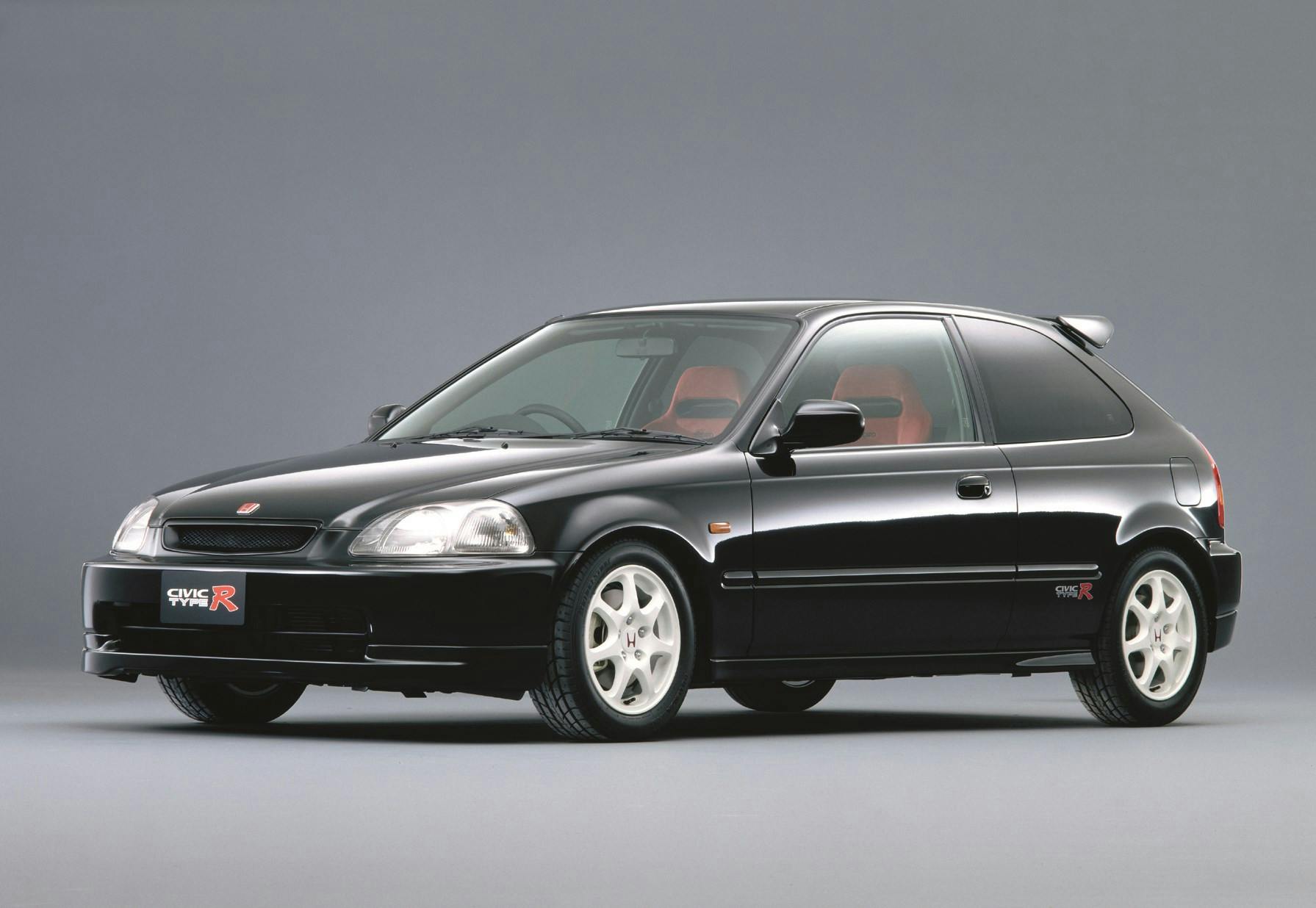
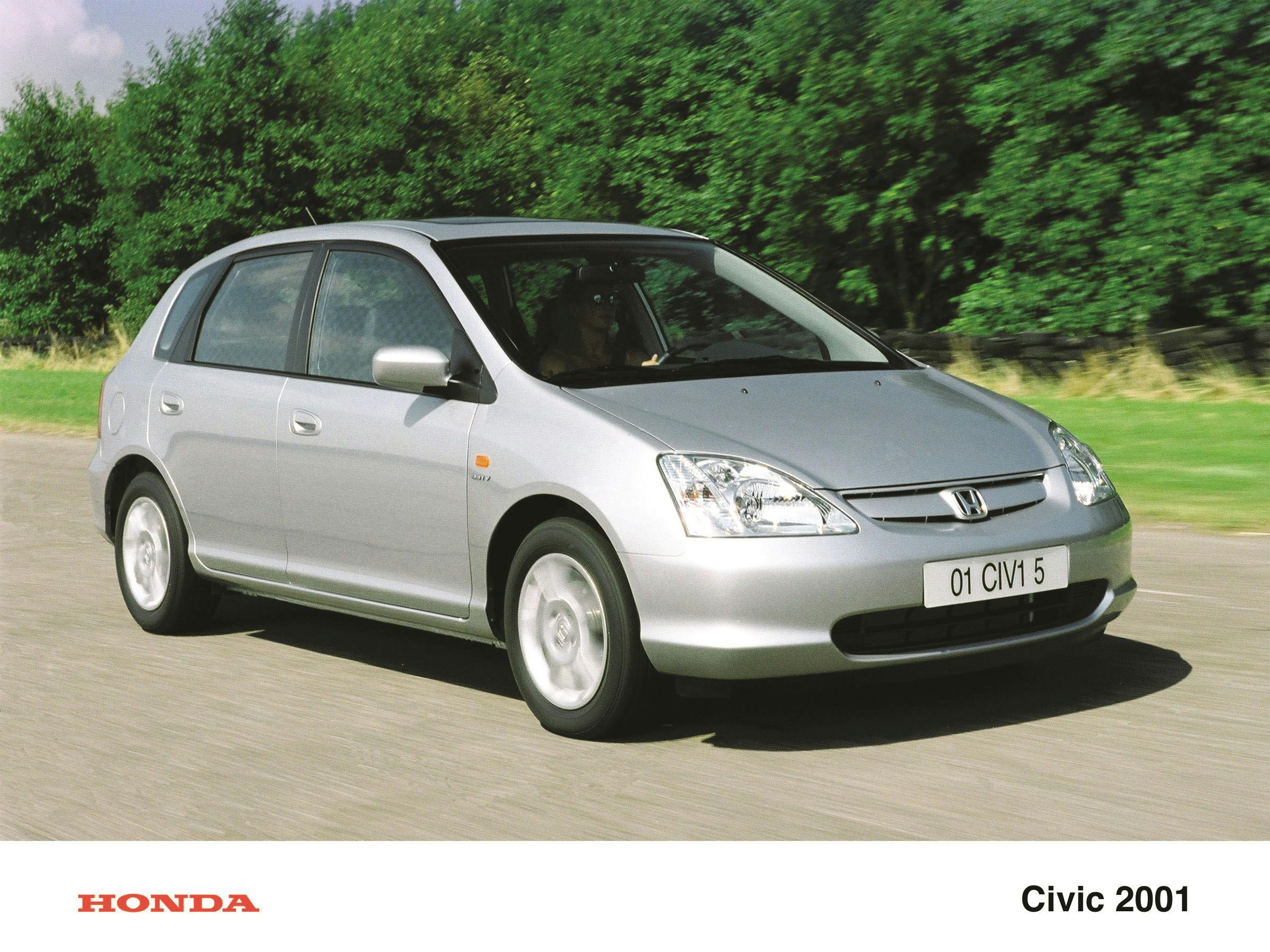












I had a 75 Civic followed bt a ’76 after the first hit ice and went to Honda heaven.
Also had a N600 and a Z600 as a “set” for a while. Fun to drive and see others check their speedometer when they were passed at 70mph!
As others can attest, my love affair atarted with a C110 motorcycle at age 12, follwed by a 250 Scrambler, later on a “K-Zero cb750, a Dream 300, and now a 150 Benly and a CB350 Four in my stable.
Marysville is NOW on my Bucket list! Thanks for such a great article !